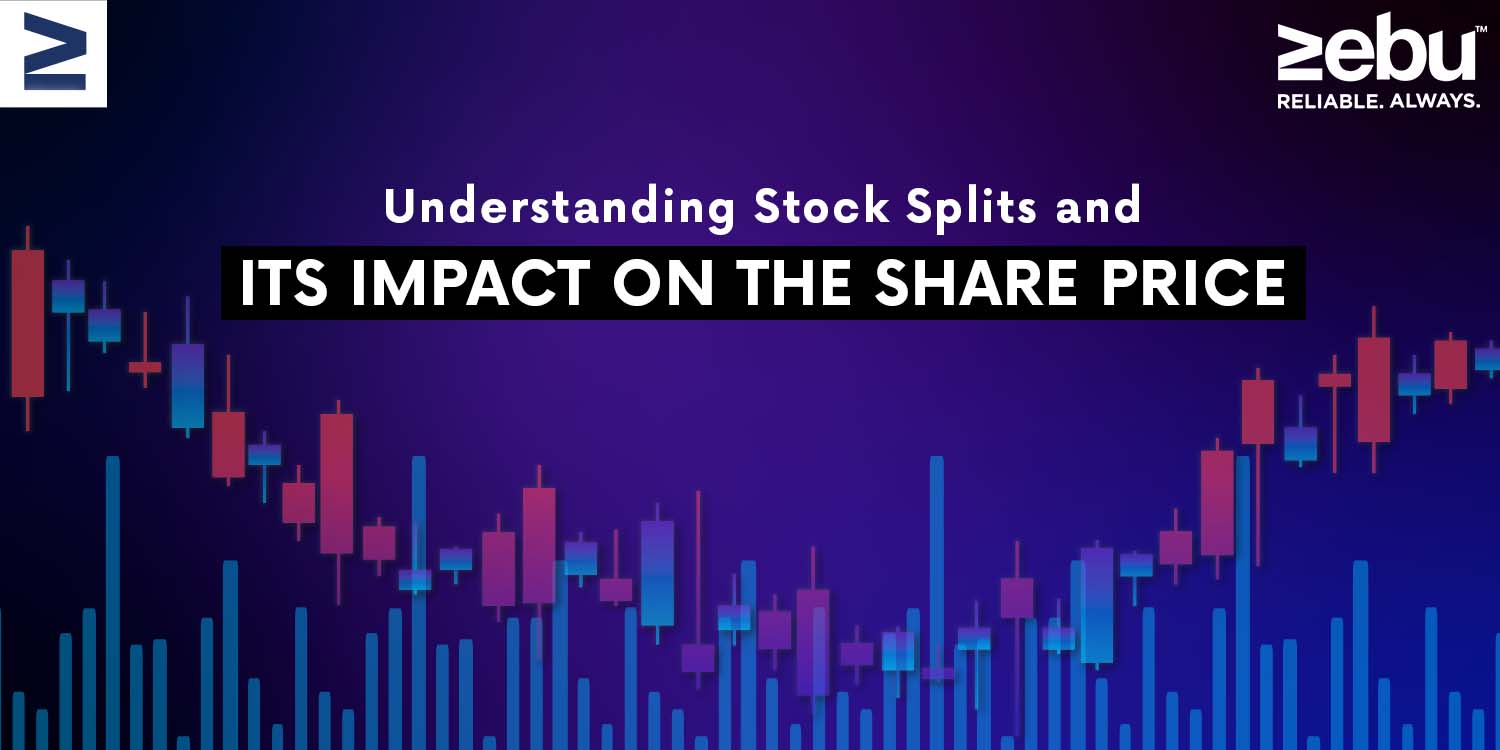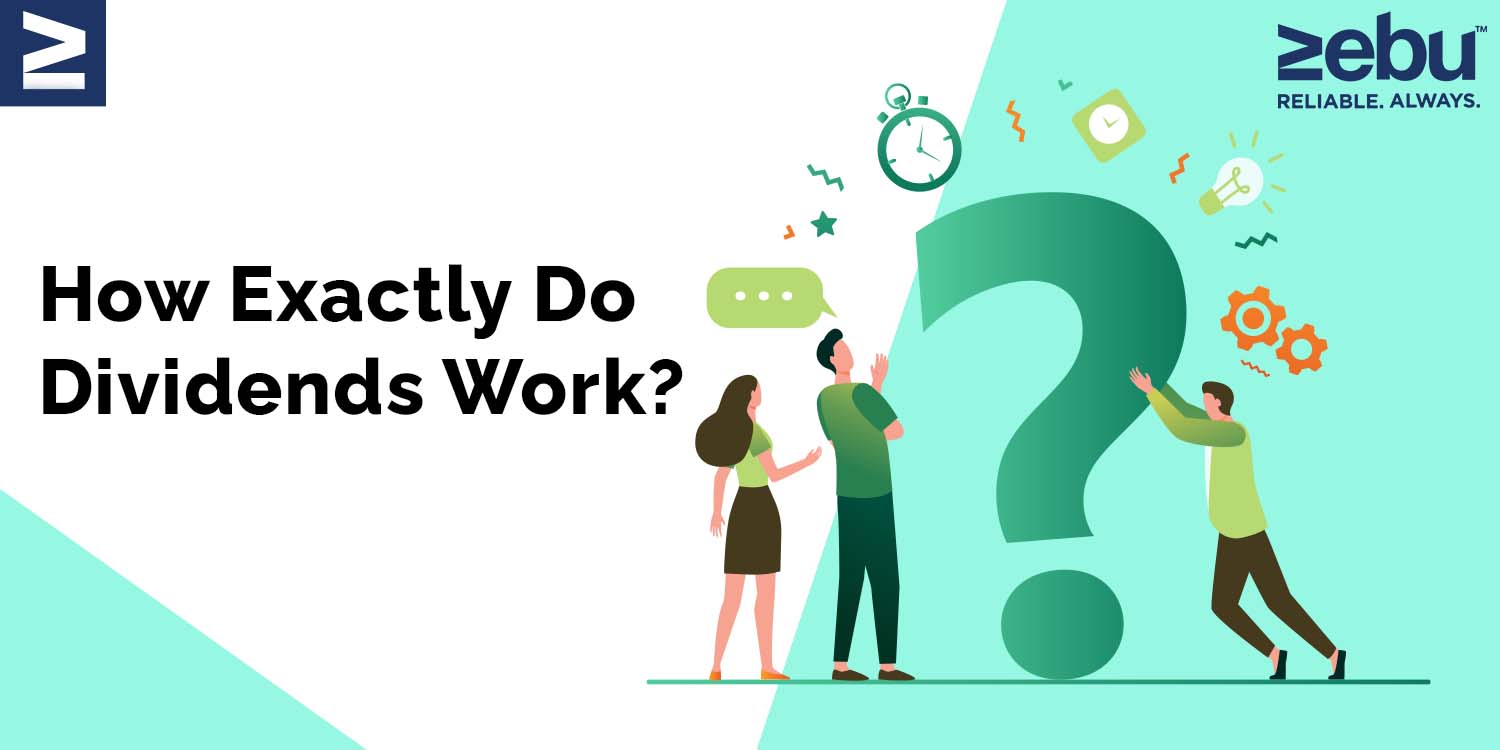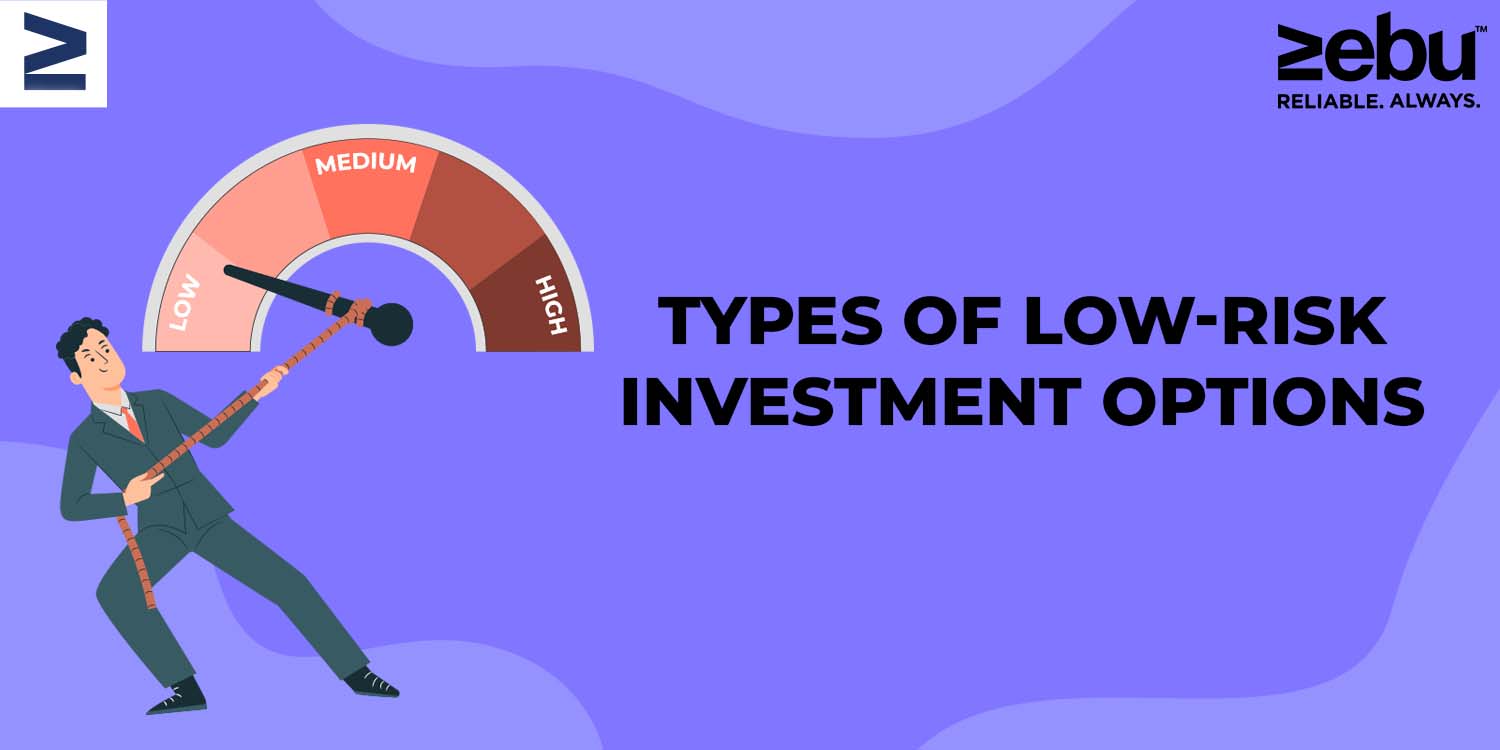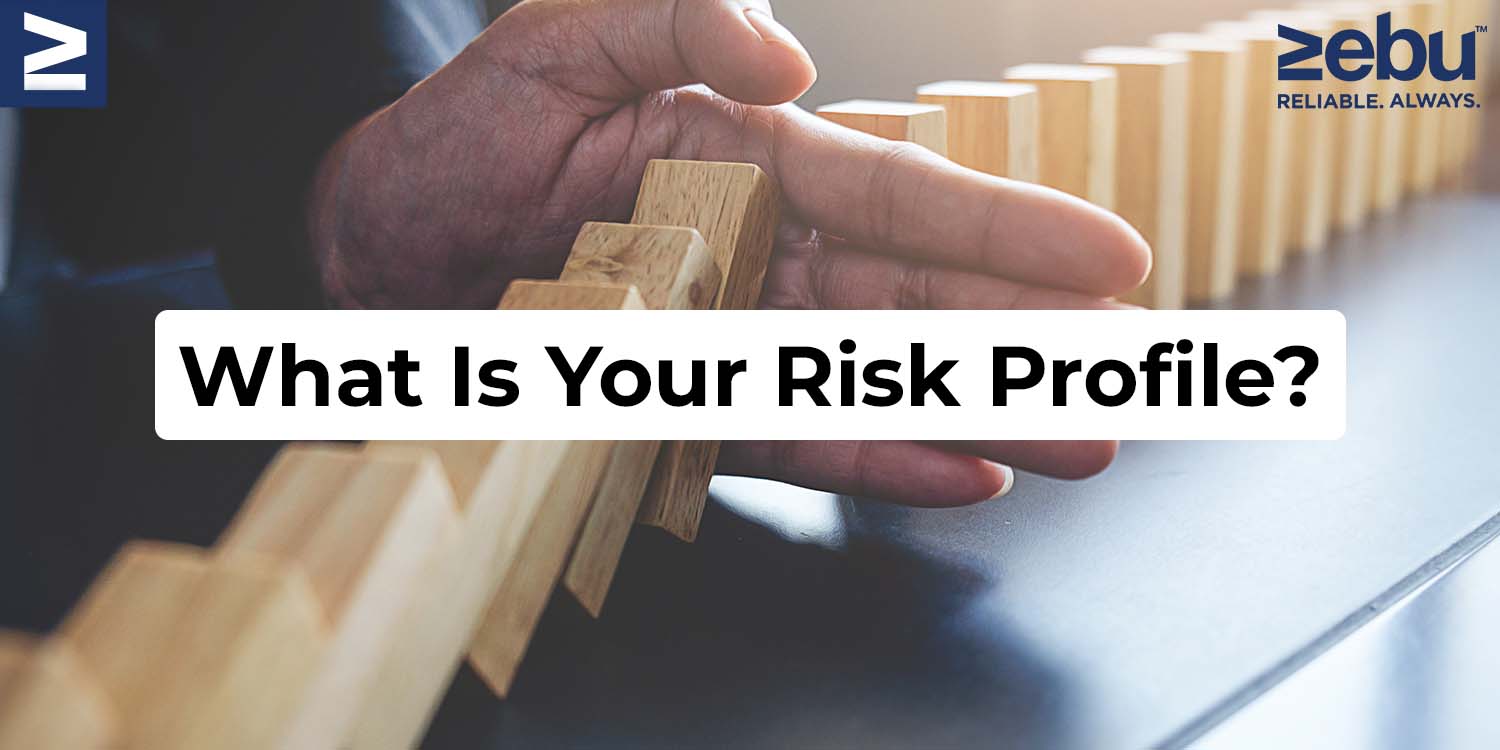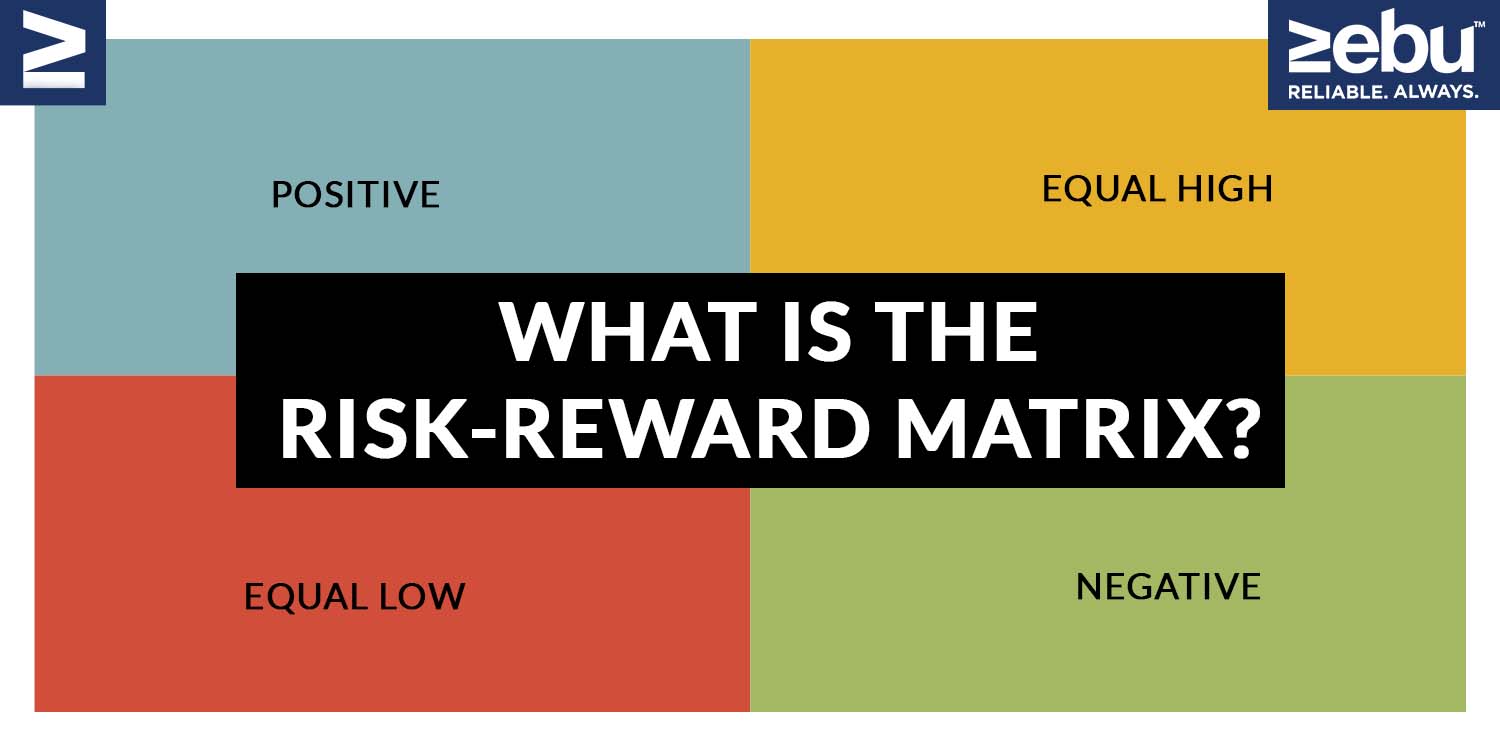
Large Cap vs Mid Cap vs Small Cap: Key Differences That Actually Matter
In a rights issue, a company gets more money by giving more shares to people who already own shares. That is, if you own a share, you have the “right” to buy more shares at a certain ratio and price. For example, a 10:1 issue means that for every TEN shares you own, you can buy ONE more. Rights are only given to shareholders whose names are on the company’s register of shareholders on a “record date.” This date is usually a few days after shareholders approve the plan to sell rights to raise money. Why Does It Matter? If a company wants to raise money through a Follow-on public offer, it has to go through a long process that includes getting merchant bankers to price the issue, SEBI approving the offer document, etc. There are also a lot of fees that have to be paid. The rights issue is the fastest and least expensive way for the company to get money. The company saves a lot of money on costs like underwriting fees, advertising costs, and so on that it would have had to pay for if it had used another way to raise money. Why is the rights regulator not as strict? The reason for this is that an existing shareholder already knows a fair amount about the company, so she doesn’t need as much scrutiny and information as when selling shares to new shareholders. Also, in a rights issue, the promoter’s share of the company doesn’t go down, which doesn’t happen in any other way of raising money through equity. Most of the time, promoters agree to buy all of their rights and the rights that were not bought. Pricing and ratio of rights Most of the time, the price of a rights offer is lower than the market price, and allotment is guaranteed. If the rights are sold for about what they are worth on the market, existing shareholders may not be too interested. A company decides how many rights shares to offer based on how much money it wants to raise and at what price. For example, Bharti Airtel decided to raise 21,000 crore at 535 by giving its current shareholders one more share for every 14 they already owned on the record date. This means that a shareholder with 14 shares will be able to buy another 1 share for Rs. 535. At the time, the market price was much higher, around 680 per share. The ratio says for sure how many shares each person will get. But one can also try to get more shares. Also, these Rights can be traded on their own for a limited time, so shareholders can sell them to other investors on the stock exchange. For example, the recent Bharti Airtel Rights were traded on the exchanges under the name “AIRTEL-RE-BE” for a short time. The price of this script was 203. This means that a person with Airtel Rights could buy an Airtel share for 203 + 535, which is 738. At that time, one share of Airtel costed 687. Factor of Shareholding When a company issues more shares, its Return on Equity and EPS (Earnings per Share) will go down. But if the rights offer is fully taken advantage of, an investor’s share of the company doesn’t change. For example, if a shareholder-owned 5% of a company before rights, he would still own 5% of the company after rights if he bought his rights shares. If the shareholder doesn’t take advantage of the rights offer, his share of the company would go down (since others will buy and their shareholding goes up). If you apply for more shares than your rights allow, you can buy more if a few investors don’t subscribe.